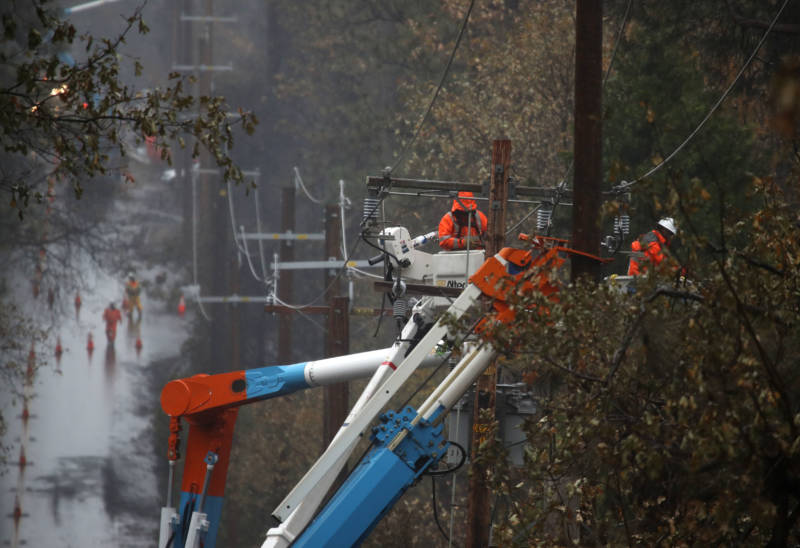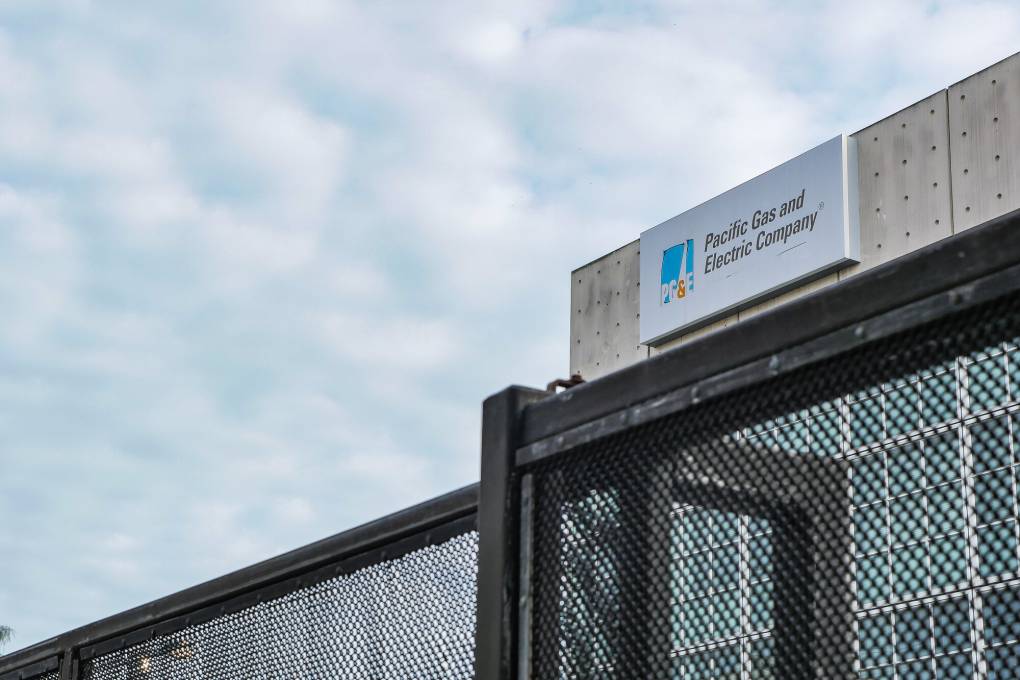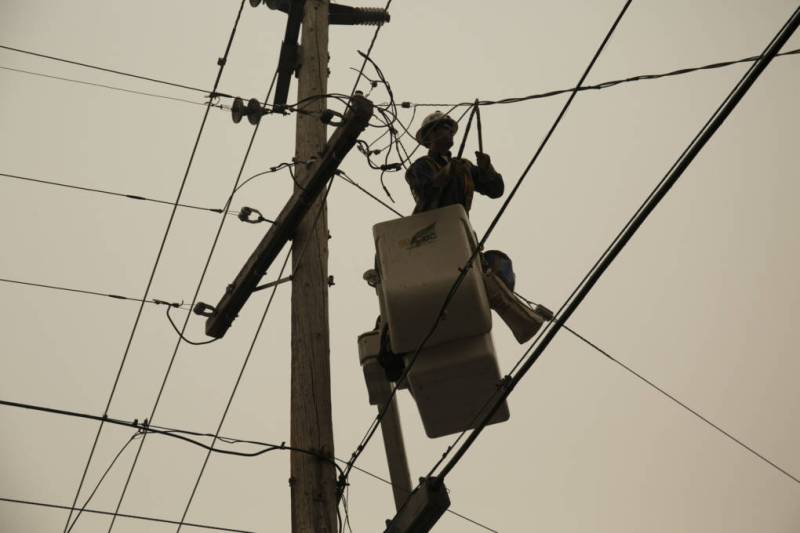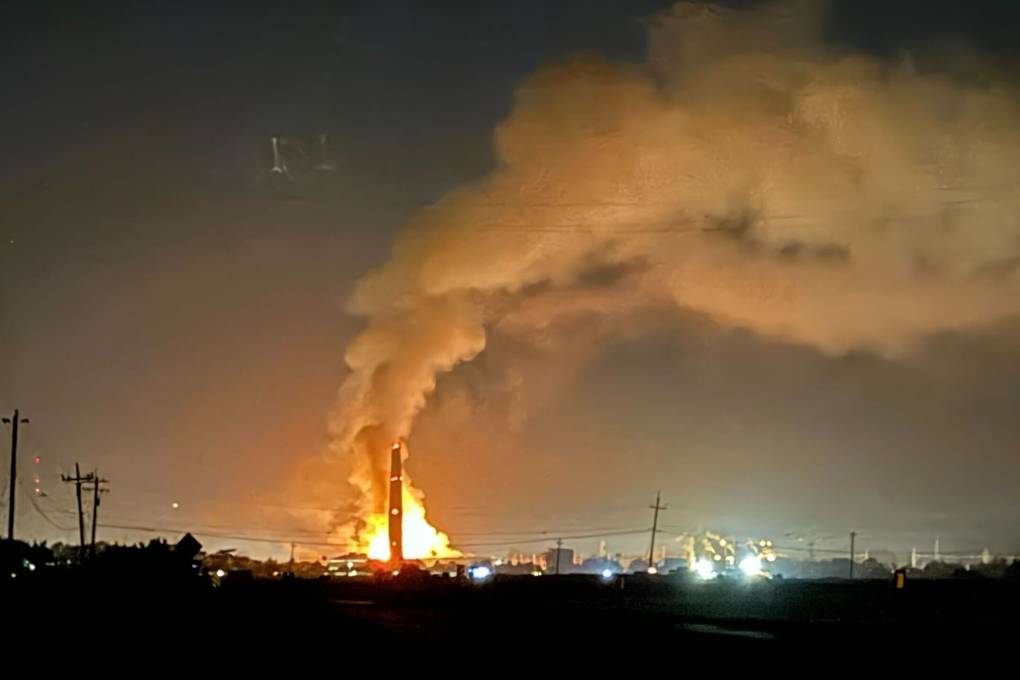The report said most of the trees identified as potential exceptions were from a group of 10 species that PG&E has identified as presenting a particularly high risk of touching off a fire if they come into contact with power lines.
The company's vegetation management program called earlier this year for removing such trees, which include gray pine, Monterey pine, several species of oaks and eucalyptus, if they're tall enough to fall across power lines.
The monitor's inspections — performed by two-person teams consisting of a certified arborist and an attorney employed by Filip's Chicago law firm — also turned up more than 500 cases where tree contractors had failed to properly clear limbs from above power lines and 60 in which trees showing signs of decay or rot had been left in place.
In three separate cases, Filip said his team found issues "that could have resulted in fatalities, injuries or serious damage if not timely remediated."
On all three occasions, the monitor's team found trees that were either in contact with or within a foot of live electrical wires. Two of those three cases involved trees that contractors had reported working on — and one of those instances involved a false report of action taken.
On July 12, the monitor team informed PG&E of a tree that was within inches of the primary conductor (power line) and had been contacting the conductor during wind gusts," Filip's report says, noting that the ongoing contact had burned leaves on the tree.
"PG&E informed the monitor team that this particular tree was identified for routing compliance work in November 2018 and a tree work company reported to PG&E that it completed the work in February 2019, even though it was not actually completed (that is, the tree work company provided a false certification)," the report continued.
Filip credited PG&E for acting promptly to deal with urgent tree-trimming issues his team identified.
In a statement, the company said it continues "to work transparently and cooperatively with the federal monitor and his team.
"We understand and recognize the serious concerns raised by the monitor and we are taking immediate action to address these issues, which are consistent with our own internal reviews," the statement said. "PG&E’s service area includes more than 120 million trees with the potential to grow or fall into our overhead power lines. While we have made progress in many areas to further enhance wildfire safety including vegetation management work, we acknowledge that we have more work to do. We are pursuing a range of solutions to help make the energy system safer for the customers we serve."



